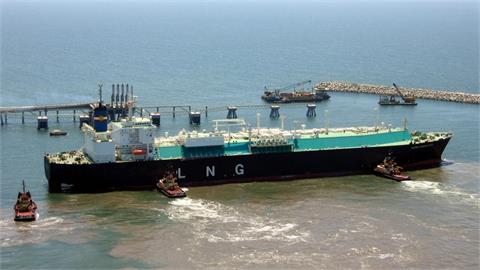Low oil prices and economic growth have helped drive up consumer demand for energy across the world in 2015, the International Energy Agency said Thursday, a phenomenon seen from U.S. gasoline stations to Chinese auto dealerships.
The IEA’s closely watched oil-market report lent some support to an idea pushed by the Organization of the Petroleum Exporting Countries and other producers: that collapsing oil prices would spur more consumer demand and eventually send prices back up. The benchmark U.S. oil price hit a six-month high on Wednesday.
The IEA said world demand for oil would increase by 1.4 million barrels a day this year, 300,000 barrels a day faster than it previously forecast, to a daily average of 94 million barrels this year. Global demand in 2014 was about 92.6 million barrels a day, the IEA said.
That was driven in part by gasoline-demand growth of 4.2% in the U.S., where the IEA noted an "increased willingness of U.S. drivers to put additional ‘miles on the clock.’” American vehicle-miles-traveled statistics, the IEA said, were up 3.9% in the first quarter of 2015.
In the other giant oil consumer, China, the IEA said consumer-confidence levels were expanding despite a slowing economic engine there. The agency cited "slowing but still relatively buoyant car sales data” in China, along with "resurgent sales” of gas-guzzling sport-utility vehicles.
The IEA stopped short of saying the increased demand would boost prices. The agency, a Paris-based energy monitor for industrialized nations, said the global oil market still was facing a glut of oil supplies, with OPEC ramping up production to near-record levels and American production of crude extracted by fracking shale formations still growing, albeit more slowly.
U.S. crude-oil prices fell 1.1% to $60.77 a barrel on the New York Mercantile Exchange on Thursday, as traders looked past the IEA report to focus on a strengthening dollar. Brent, the global benchmark, fell 0.9% to $65.11 a barrel on ICE Futures Europe. Oil is traded in dollars and becomes more expensive for buyers using other currencies when the greenback appreciates.
"The International Energy Agency report had something for everyone,” said Tim Evans, an analyst at Citigroup Inc. "The U.S. dollar was foremost in terms of driving the trade flow.”
The IEA increased its forecast for non-OPEC supply growth by 195,000 barrels a day, to one million barrels a day.
Some of the demand growth isn’t likely to be repeated, the IEA said, including colder-than-expected winter conditions in Europe that forced residents to spend more on heating.
Gasoline prices in the U.S. have risen about 33% to an average of $2.67 a gallon this week since a low of $1.98 in January, according to the U.S. Energy Information Administration.
And Brent prices have rebounded from lows of less than $47 a barrel in January, which could put a brake on demand.
"This partial rebound lessens, at least for now, support to demand across much of the world,” the IEA report said, noting that demand would grow by only 1.2 million barrels a day in the second half.
The report comes as oil investors are parsing supply and demand data closely for signals about where an uncertain market is headed. The market dived last year after hitting highs of $115 a barrel, as investors worried about a glut of oil that went unaddressed by OPEC, which traditionally defends prices with production cuts.
"Demand strength will be one of the three key elements of the rebalancing act of the oil market, along with the flattening of the U.S. oil production and a decline in the production outside of OPEC and North America,” said Pascal Menges, manager of Lombard Odier Global Energy Fund, which has $76 million under management.
The futures markets are anticipating further increases in oil prices. Brent crude for delivery in December was trading at $67.75 a barrel on Thursday, a $2.64 premium over the July contract’s $65.11.
The IEA’s forecast for demand growth lies at the top end of a 1.2 million to 1.5 million barrel a day range seen as reasonable by BP PLC’s chief economist Spencer Dale, as weaker oil prices and high levels of demand in the first quarter of the year have fed the view that consumption will rise more quickly this year compared with 2014. However, forecasting demand is a tricky art, and there is no guarantee that the trends seen at the start of this year will persist.
"The big question that everyone’s puzzling their head about is how much of that is likely to persist and how much of it’s likely to wane away,” Mr. Dale said at the launch of BP’s annual statistical review Wednesday.
Another looming question is whether oil supply will continue at its current pace. While the IEA raised its estimates of non-OPEC supplies this year, some of those expectations were based on upward revisions of American production in the first quarter. Going forward, the IEA said American oil companies’ decision to cut drilling rigs during the downturn "are starting to curb supplies.”
Meanwhile, OPEC’s lofty production reduced its "effective” spare capacity to 2.38 million barrels a day last month. The cartel is likely to keep pumping at around 31 million barrels a day as its Middle Eastern producers work on maintaining market share and meeting summer domestic demand.
The call on OPEC crude and stock change was revised up by 100,000 barrels a day to 29.4 million barrels a day in 2015, the IEA said.
(Wall Street Journal, June 11, 2015)



